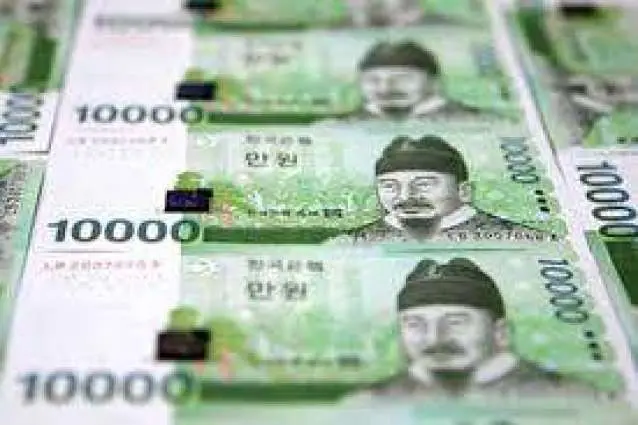To Abdul Qadir, 53, there is nothing to live for after he pulled out the bodies of his family members from the rubbles of their one-storey brick house that collapsed in a 7.7-magnitude earthquake that hit Pakistan's southwest Balochistan province earlier this week.
Talking to Xinhua on Thursday, Abdul Qadir, who lives in remote area in the province's worst hit Awaran District, said that he rushed home when the temblor struck only to find that his entire family was trapped inside the crumbled brick house.
"I shouted the names of my wife and kids hysterically but all I heard was the echo of my own voice," Qadir said.
He recovered the bodies of his two kids, mother and sister from the rubbles and pulled out his wife, father and three kids who were still alive but injured. His wife and son died later as there were no immediate medical facilities in the area.
"There was no rescue team to help me. With the help of my neighbors, I dug the rubbles and every time I found members of my family who were still alive, I carried them on my back to the village's health center but there they did not have enough medicines and facilities," said Qadir who kept on wailing.
Both Prime Minister Nawaz Sharif and President Mamnoon Hussain have ordered massive relief and rescue operation in the affected areas and expressed their condolences to the relatives of the victims.
The provincial government immediately began a massive rescue and recovery work in the affected areas soon after the earthquake hit. Later the Army, navy, paramilitary troops and non-government organizations (NGOs) joined them in.
In a press briefing Thursday, officials of the National Disaster Management Authority (NDMA) said that the Army, frontier corps and the civil administration have already set up 7,000 temporary shelters and have distributed some 7,000 food packs (53 kg. each) to the victims in Awaran and Kech Districts, while 50 tons of high energy biscuits are en-route. The NDMA has also distributed 5,000 blankets while 1,600 tons of water are now being flown to the affected areas.
The NDMA said that Pakistan army has provided 200 tents, 1,212 food packs 300 mosquito nets and 3,900 water bottles to the victims.
Inter Services Public Relations, the mouthpiece of Pakistan Army, said that the Army has sent 1,600 troops to the worst hit areas of Khuzdar and Awaran, and has transported 174 victims to hospitals for treatment.
According to Abdul Rasheed Gogazai, the deputy commissioner of Awaran, the tremors that hit Balochistan at about 4:29 p.m. local time on Tuesday, affected over 300,000 people and destroyed at least 20,000 houses with Awaran being the worst hit where 95 percent of the houses were toppled to the ground.
In a telephone interview with Xinhua on Thursday afternoon, Saif ur Rehman, an official with Balochistan's Disaster Management Authority, said that the earthquake killed 355 people and injured 619.
He said that a total of 311 fatalities were reported from the Awaran District alone while 440 people were brought to various hospitals in the area. Forty-four people were killed and 179 others injured in Kech District, which was also badly affected by the earthquake, Saif ur Rehman said.
The earthquake devastated a large swathe of Pakistan's remote areas which could not be reached by rescue teams because of dilapidated roads. Some of the victims said that in their areas, whole villages of 200 to 300 houses were flattened with many people killed.
Some local media reports said that the earthquake knocked down a seminary in Awaran District, killing over 30 students there.
The temblor, whose epicenter was pinpointed at the Awaran District located some 645 km from the province's capital of Balochistan. The earthquake's impact and tremors were felt almost across the whole country except in the northwest section.
Pakistan's Chief Meteorologist Ghulam Rasool said Pakistan lies in one of the world's most earthquake-prone zones on Eurasian and Arabian plates, and the latest earthquake happened at the junction of the two plates.
Following the earthquake, an island popped up at a distance of 5 km from the Gwadar coast. It is about 300 to 400 meters in width and around 10 meters in height.Ali Rasheed, director general of the National Institute of Oceanology, explained that the Gwadar area has extensive reserves of frozen methane that exist in the form of gas hydrates hundreds of meters below the sea floor.
He said that whenever this highly pressurized gas finds a weak space to release some of its energy, a dome-like structure (island) is created within the waters or it emerges on the sea surface, like what appeared in the area after the recent earthquake.
 简体中文
简体中文

